AI Digital Marketing Strategy 2025: Complete Integration Guide
Complete Beginner's Guide to AI Image Generation in 2025
The world of artificial intelligence has revolutionized the creation of visual content, making professional-quality image generation accessible to everyone. Whether you're a complete beginner or someone curious about AI technology, this comprehensive guide will walk you through everything you need to know about AI image generation in 2025.
From understanding the basics to creating your first stunning images, we'll cover all the essential information to help you start your journey in the exciting world of AI-powered creativity.
What is AI Image Generation?
AI image generation is a cutting-edge technology that uses artificial intelligence algorithms to create original images from text descriptions. This revolutionary process allows users to type what they want to see simply, and the AI system produces unique visual content based on those instructions.
Unlike traditional image editing or stock photography, AI image generation creates entirely new images that have never existed before. The technology has advanced dramatically in recent years, now capable of producing photorealistic images, artistic illustrations, and creative designs that rival human-made content.
The most remarkable aspect of AI image generation is its accessibility. You don't need artistic skills, expensive software, or years of training to create professional-quality images. All you need is imagination and the right words to describe your vision.
How Does AI Image Generation Work?
The Technology Behind AI Image Creation
AI image generation relies on sophisticated machine learning models called neural networks. These systems have been trained on millions of images paired with descriptive text, learning to understand the relationship between words and visual elements.
When you input a text prompt, the AI analyzes your description and generates an image by combining patterns and features it learned during training. The process involves complex mathematical calculations that transform text into pixel arrangements, creating coherent and meaningful visual content.
Types of AI Image Generation Models
There are several types of AI models used for image generation, each with unique strengths and characteristics. Generative Adversarial Networks (GANs) and Diffusion Models are the most common approaches currently used in popular AI image generators.
Diffusion models, which power many modern AI image generators, work by gradually adding and then removing noise from images during the training process. This technique allows them to generate highly detailed and realistic images with impressive accuracy and creativity.
Popular AI Image Generation Tools for Beginners
Free AI Image Generators
Several excellent free AI image generation tools are perfect for beginners starting their journey. These platforms offer user-friendly interfaces and don't require technical expertise to produce impressive results.
DALL-E 2 by OpenAI provides free credits monthly and excels at creating realistic images from detailed descriptions. The platform is known for its ability to understand complex prompts and generate coherent, high-quality images.
Stable Diffusion through various web interfaces offers unlimited free generation with good quality results. Many online platforms provide easy-to-use interfaces for Stable Diffusion, making it accessible to beginners without technical setup.
Premium AI Image Generation Platforms
For users seeking advanced features and higher-quality outputs, premium platforms offer enhanced capabilities. Midjourney, accessible through Discord, produces stunning artistic images and has become popular among creative professionals.
Adobe Firefly integrates AI image generation directly into familiar creative tools, making it ideal for users already working with Adobe's ecosystem. The platform emphasizes commercial-safe content generation, addressing copyright concerns.
Getting Started: Your First AI-Generated Image
Choosing Your First Platform
Begin your AI image generation journey by selecting a beginner-friendly platform. Consider starting with DALL-E 2 or a Stable Diffusion web interface, as these offer straightforward experiences without overwhelming new users with complex settings.
Create an account on your chosen platform and familiarize yourself with the interface. Most platforms provide tutorials or example prompts to help you understand how the system works.
Writing Your First Prompt
Start with simple, clear descriptions for your first attempts. Instead of complex artistic instructions, try basic concepts like "a red apple on a wooden table" or "a sunset over mountains."
Be specific about what you want to see, but don't overcomplicate your initial prompts. The key is understanding how the AI interprets your words before moving on to more sophisticated requests.
Analyzing Your Results
When your first image generates, take time to analyze what worked and what didn't match your expectations. This analysis helps you understand how the AI interprets different words and phrases.
Notice how the AI handled colors, composition, lighting, and style in your image. These observations will inform your future prompts and help you communicate more effectively with AI systems.
Understanding Prompts and Keywords
The Art of Prompt Writing
Effective prompt writing is crucial for achieving desired results in AI image generation. A well-crafted prompt acts as a bridge between your imagination and the AI's interpretation, guiding the system toward your vision.
Structure your prompts by starting with the main subject, then adding descriptive details about style, lighting, composition, and mood. For example: "Portrait of a wise elderly wizard, oil painting style, warm lighting, detailed beard, magical atmosphere."
Essential Keywords and Modifiers
Certain keywords consistently produce better results across different AI platforms. Words like "detailed," "high quality," "professional," and "masterpiece" often enhance the overall output quality.
Style modifiers such as "photorealistic," "digital art," "watercolor," or "pencil sketch" help define the artistic approach. Lighting terms like "golden hour," "soft lighting," or "dramatic shadows" significantly impact the image's mood and appearance.
Common Prompt Mistakes to Avoid
Avoid contradictory instructions in your prompts, such as asking for both "bright daylight" and "moonlit night" in the same image. These conflicting elements confuse the AI and result in unclear or inconsistent outputs.
Don't overload your prompts with too many details initially. While specificity helps, extremely long prompts can overwhelm the AI and lead to ignored elements or confused interpretations.
Common Use Cases for AI Image Generation
Social Media Content Creation
AI image generation excels at creating eye-catching social media content. Generate custom graphics for posts, stories, and cover images that align perfectly with your brand or personal aesthetic.
Create seasonal content, promotional graphics, and engaging visual posts without hiring designers or purchasing stock photos. The ability to generate unlimited variations helps maintain fresh, original content across platforms.
Marketing and Business Applications
Businesses leverage AI image generation for creating marketing materials, website graphics, and product mockups. Generate concepts for advertisements, blog post headers, and promotional content quickly and cost-effectively.
Small businesses particularly benefit from AI image generation, as it provides access to professional-quality visuals without significant budget investments in graphic design or stock photography.
Creative and Artistic Projects
Artists and creative professionals use AI image generation as inspiration tools, concept development aids, and collaborative partners in the creative process. Generate mood boards, explore artistic styles, and develop visual concepts rapidly.
The technology serves as a powerful brainstorming tool, helping creators overcome creative blocks and explore ideas they might not have considered otherwise.
Educational and Presentation Materials
Teachers, students, and professionals create custom illustrations for presentations, educational materials, and research projects. Generate specific diagrams, historical recreations, or conceptual visualizations that perfectly match your content needs.
AI image generation eliminates the challenge of finding appropriate images for specialized or abstract concepts, allowing for precise visual communication.
Tips for Better Results
Iterative Improvement Process
Approach AI image generation as an iterative process rather than expecting perfect results immediately. Generate multiple variations of your prompts, analyze the differences, and refine your approach based on the outcomes.
Save prompts that produce good results and use them as templates for future projects. Building a personal library of effective prompts accelerates your learning and improves consistency.
Understanding AI Limitations
Recognize that current AI image generation has limitations, particularly with text within images, complex hand positions, and highly specific technical details. Understanding these limitations helps set realistic expectations and guides prompt strategies.
Work with the AI's strengths rather than fighting against its limitations. Focus on concepts and styles where AI excels, such as landscapes, portraits, and artistic interpretations.
Experimenting with Styles and Techniques
Explore different artistic styles and techniques regularly to expand your understanding of AI capabilities. Try photography styles, painting techniques, digital art approaches, and mixed media combinations.
Experiment with unusual combinations and creative concepts that might not exist in traditional art. AI image generation allows for exploring impossible or fantastical scenarios, limited only by imagination.
Ethical Considerations and Best Practices
Copyright and Intellectual Property
Understand the copyright implications of AI-generated images, which vary depending on the platform and intended use. Most platforms grant users rights to images they generate, but commercial use may have specific requirements or restrictions.
Avoid generating images that closely mimic existing copyrighted works or recognizable artistic styles without permission. Focus on creating original concepts that don't infringe on existing intellectual property rights.
Responsible AI Usage
Use AI image generation responsibly by avoiding the creation of misleading, harmful, or inappropriate content. Most platforms have content policies that prohibit generating certain types of images, and responsible usage helps maintain these tools' availability.
Be transparent about AI-generated content when sharing publicly, especially in professional or commercial contexts. This transparency builds trust and helps audiences understand the content's nature.
Supporting Human Creativity
View AI image generation as a tool that complements rather than replaces human creativity. Use AI to enhance your creative process, generate ideas, and overcome technical barriers while maintaining the human element in your work.
Support human artists and creators by using AI ethically and recognizing the value of human creativity and craftsmanship in your projects and purchasing decisions.
Future of AI Image Generation
Emerging Technologies and Trends
AI image generation technology continues advancing rapidly, with new models offering improved quality, faster generation times, and better prompt understanding. Expect continued improvements in realism, artistic capability, and user accessibility.
Integration with other creative tools and workflows will become more seamless, allowing AI image generation to fit naturally into existing creative processes and professional pipelines.
Expanding Accessibility
The democratization of AI image generation will continue, making these powerful tools available to broader audiences through improved interfaces, mobile applications, and integrated platforms.
Educational resources and community support will grow, helping more people learn to use AI image generation effectively for personal, educational, and professional purposes.
Conclusion
AI image generation in 2025 represents an incredible opportunity for creative expression, practical problem-solving, and artistic exploration. This technology has made professional-quality image creation accessible to everyone, regardless of artistic background or technical expertise.
Starting your journey with AI image generation requires curiosity, patience, and a willingness to experiment. Begin with simple prompts, learn from your results, and gradually develop more sophisticated techniques as you gain experience.
The future of AI image generation is bright, with continued improvements in quality, accessibility, and integration into creative workflows. By understanding the basics and following best practices, you can harness this powerful technology to enhance your creative projects and bring your visual ideas to life.
Remember that AI image generation is a tool to enhance human creativity, not replace it. Embrace the technology as a creative partner, and you'll discover new possibilities for visual expression and problem-solving that were previously impossible.
Read also: Future of Photography in AI Age: Trends & Predictions 2025



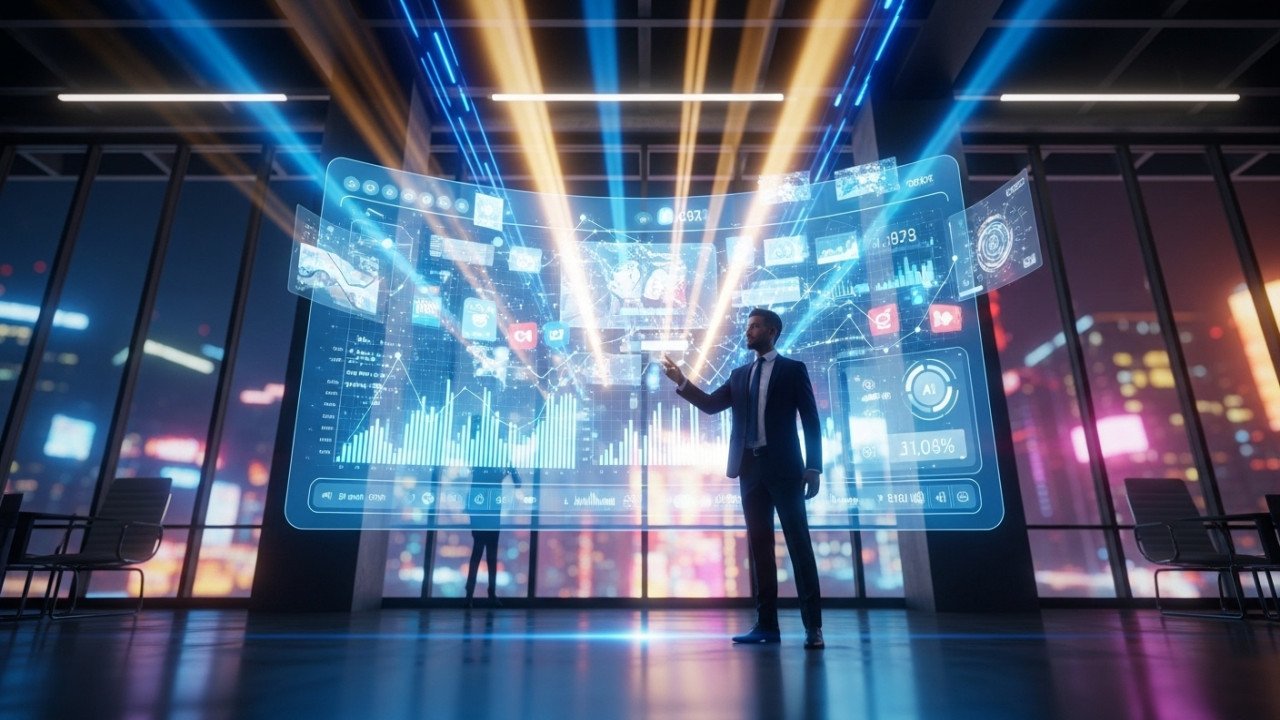
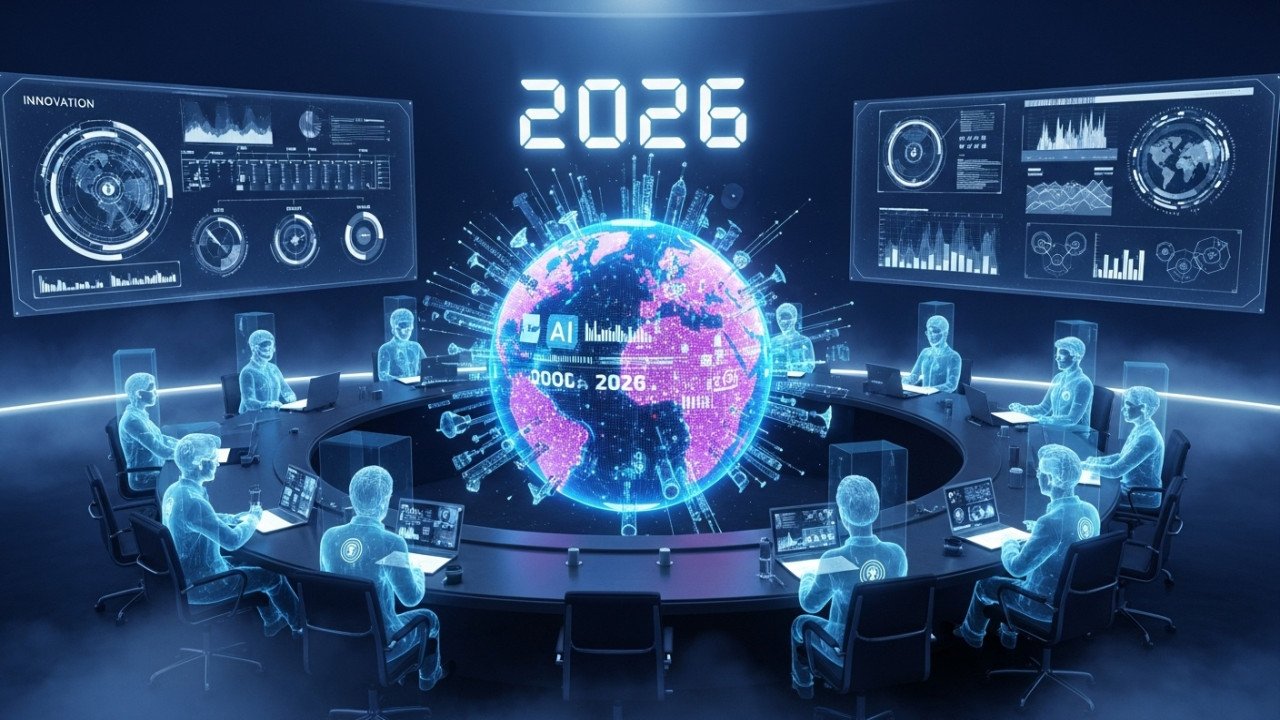

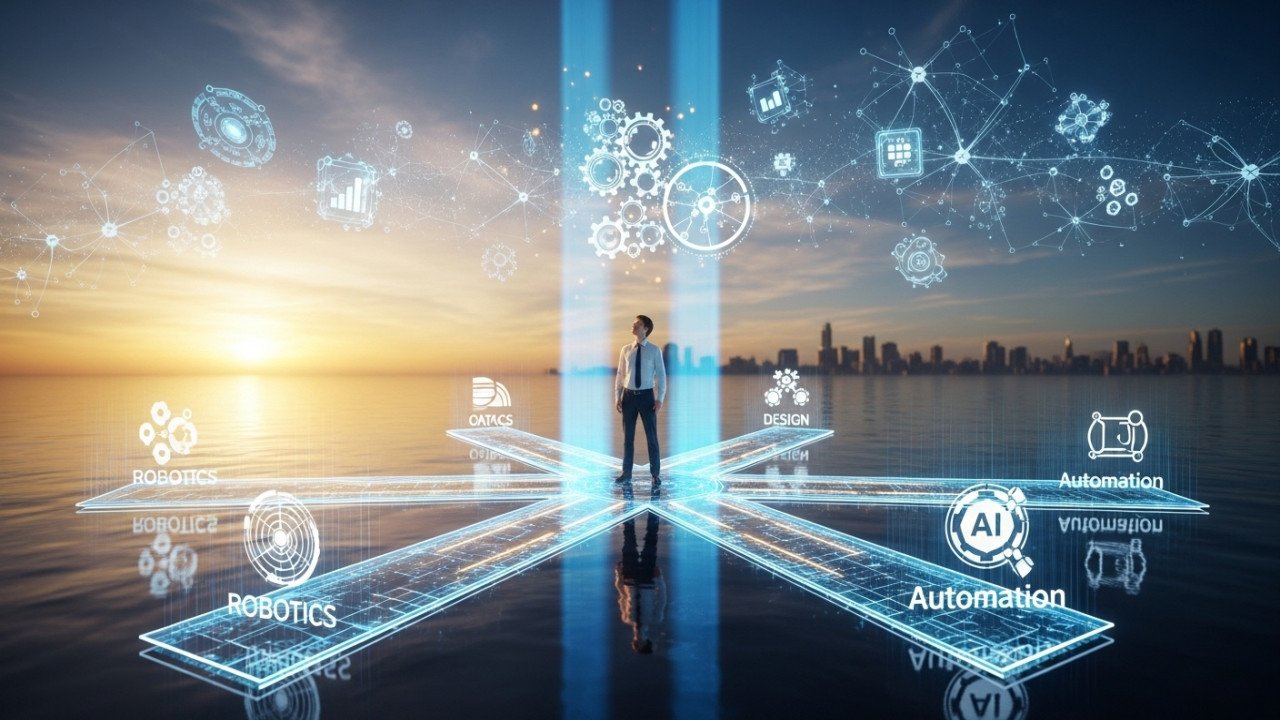
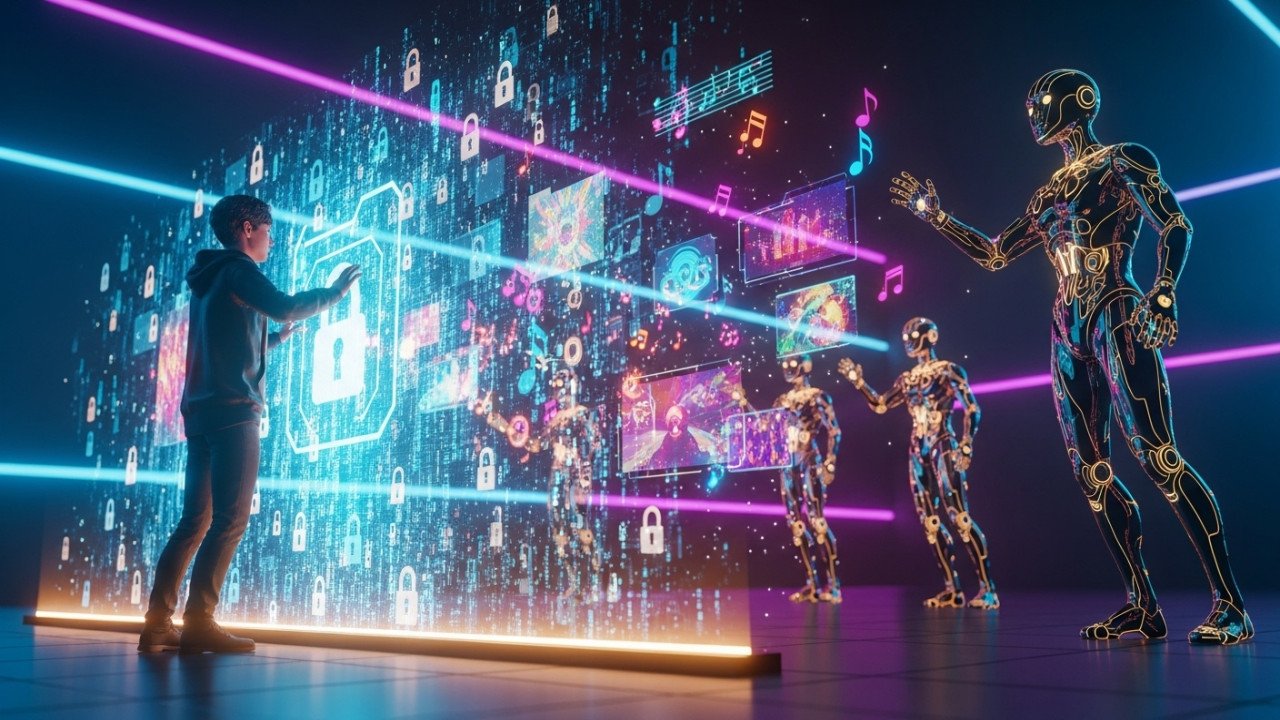
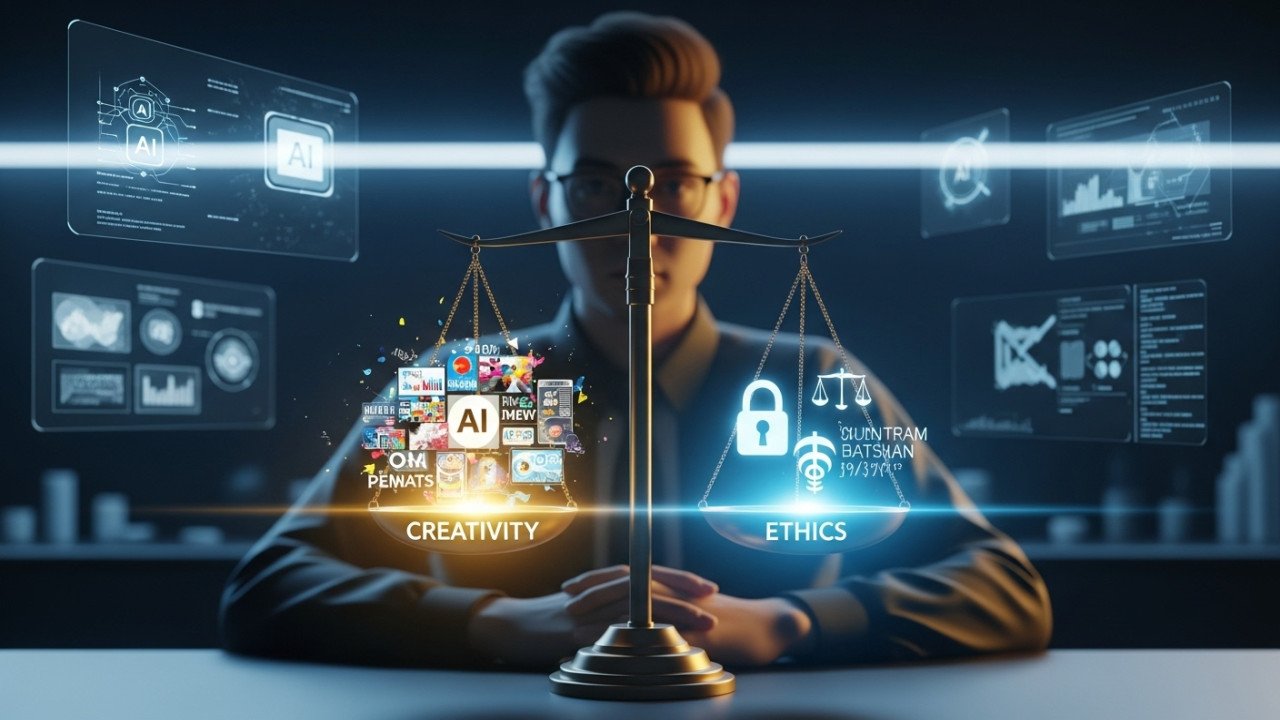
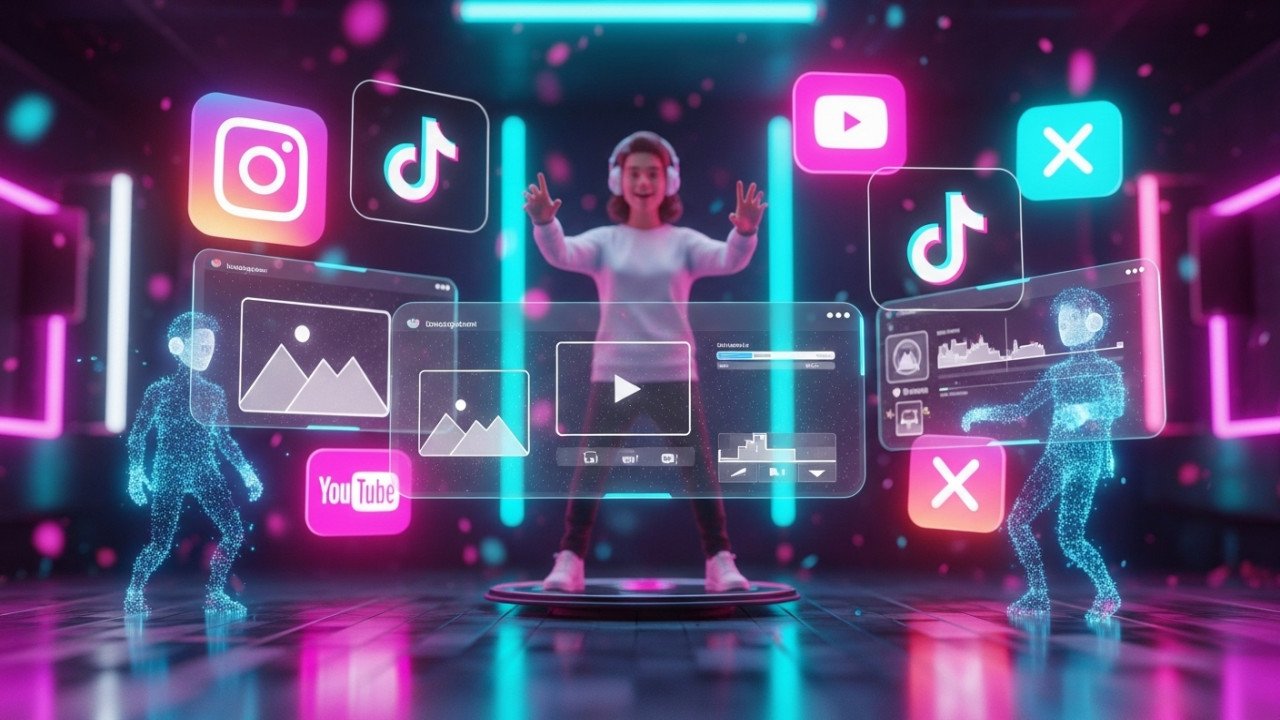
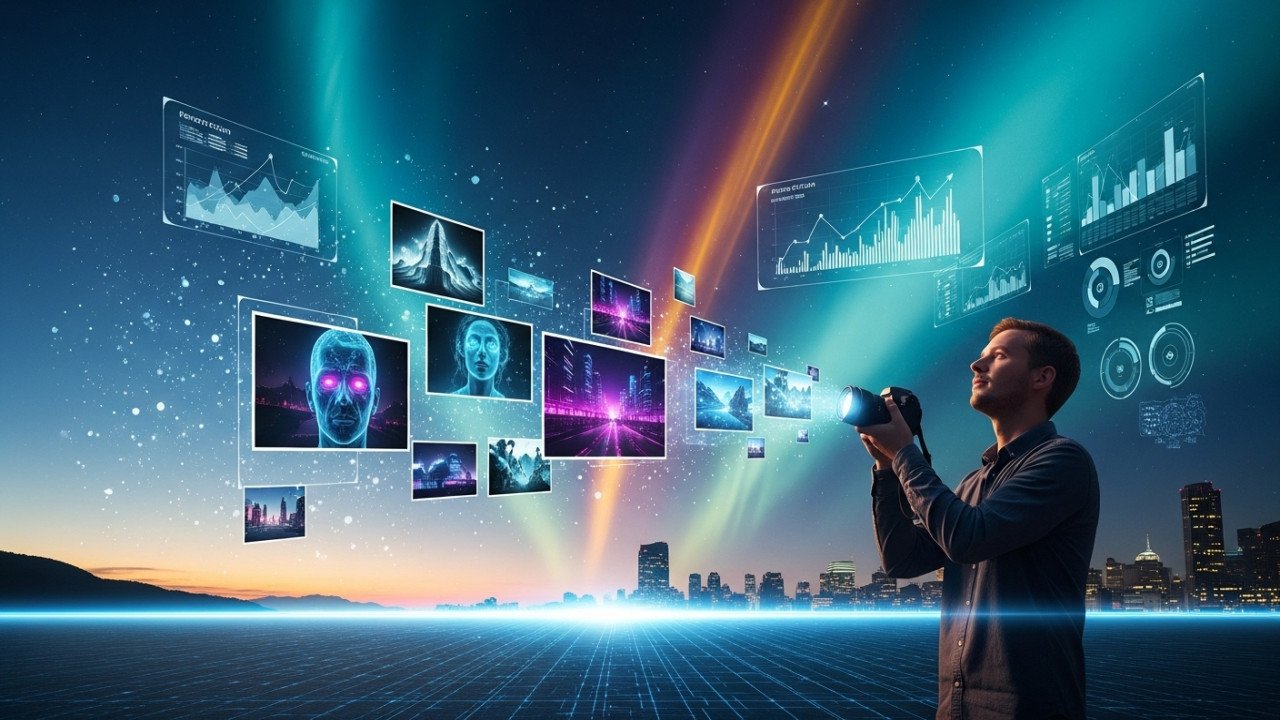
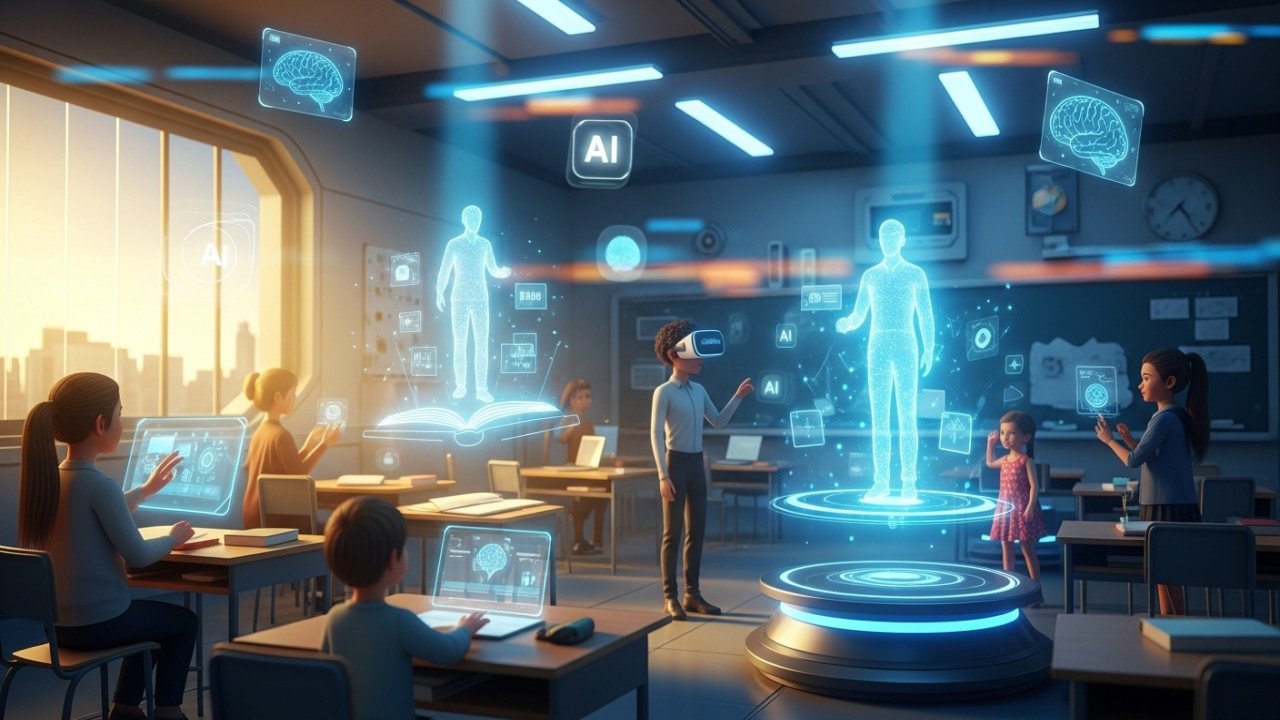
Comments (0)
No comments found